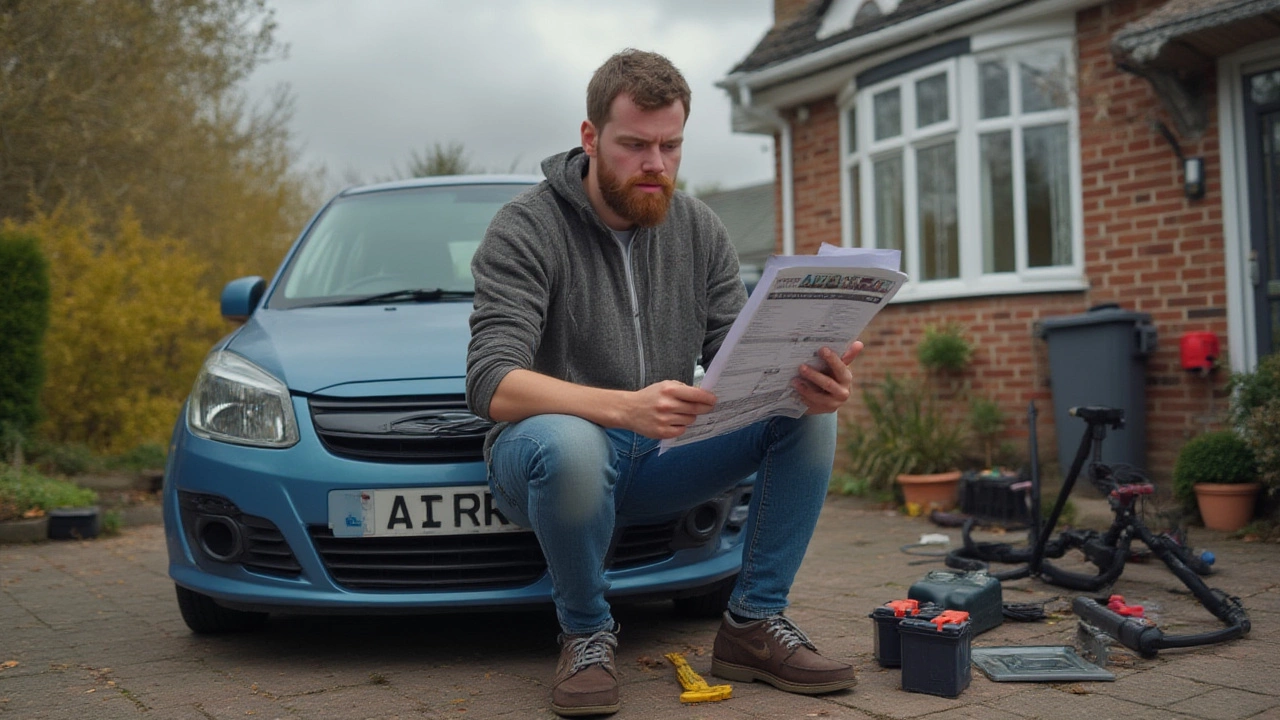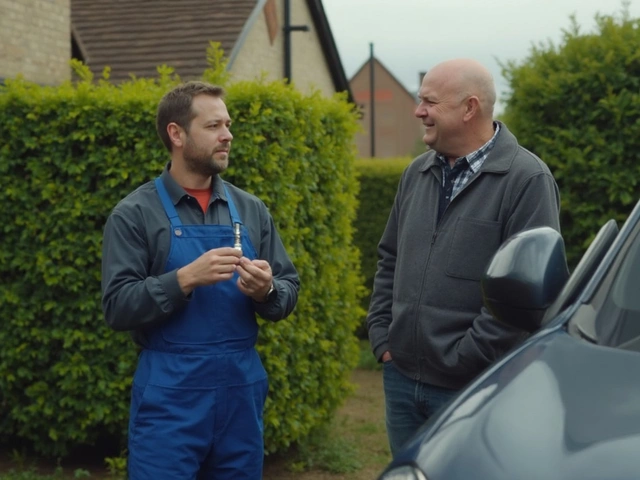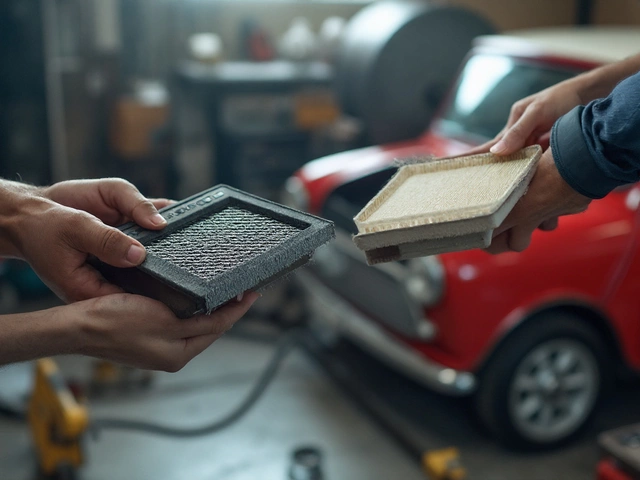Car Battery Tips – Simple Ways to Keep Your Battery Strong
Ever been stuck on the side of the road because your battery died? It’s a pain you can avoid with a few easy habits. Below you’ll find straight‑forward tips that keep your battery happy, save you money, and stop you from panicking when the lights go out.
Know When Your Battery Needs Attention
First sign of trouble is a slow‑cranking engine. If the starter sounds weak or the dashboard lights dim when you turn the key, the battery is losing power. Another red flag is the age – most batteries last three to five years. Look for the date code on the top of the battery; if it’s older than that, start planning a replacement.
Corrosion on the terminals is also a tell‑tale sign. A white, powdery build‑up can block the flow of electricity. Give those terminals a quick clean with a mixture of baking soda and water, a brush, and a little protective spray. This simple step can add many miles to your battery’s life.
Everyday Practices to Extend Battery Life
Don’t let your car sit idle for weeks on end. Even a short 10‑minute drive every few days lets the alternator recharge the battery and prevents sulfation – the build‑up that weakens cells over time.
When you’re heading out in cold weather, turn on all the lights and accessories before you start the engine. This gives the battery a little extra load, which can help it warm up faster and work more efficiently.
Keep the battery snugly fastened. Vibration from a loose mounting can damage internal plates. If you hear a rattling sound when you drive over bumps, tighten the brackets.
If you need a jump start, follow these safety steps: park the donor car close, turn off both engines, connect the positive (red) clamp to the positive terminal on the dead battery, then the other positive clamp to the donor battery. Next, attach the negative (black) clamp to a solid metal ground on the dead car (not the battery). Start the donor car, wait a minute, then try starting your vehicle. Remove the clamps in reverse order and let the engine run for at least 20 minutes to let the alternator finish the charge.
When you do charge a battery with a smart charger, set it to the ‘maintenance’ or ‘trickle’ mode. This avoids over‑charging, which can cause the fluid to boil and damage the cells. A good charger will automatically switch off once the battery reaches full voltage.
Finally, when buying a new battery, match the cold‑cranking amps (CCA) to your car’s requirement. A higher CCA won’t hurt, but it may be overkill and cost more. Check the owner’s manual or the label on your old battery for the right specs.
Stick to these car battery tips and you’ll see fewer surprise breakdowns, longer battery life, and smoother starts every morning. A healthy battery is cheap insurance – treat it right and it’ll take care of you.
 18 July 2025
18 July 2025
Can I Replace My Car Battery Myself? Step-by-Step Guide and Tips
Find out if you can replace your car battery yourself, get step-by-step guidance, discover pro tips, and learn what tools and safety steps you need.
 5 November 2024
5 November 2024
Buying a Car Battery: Smart Tips for the Best Price
When shopping for a car battery, understanding the right price range is crucial. Factors like car type, battery brand, and battery specifications can make a difference in cost. This guide provides insights into what affects battery prices and how to choose the best value for your vehicle. Learn tips that will help you find the ideal battery without overspending.






0